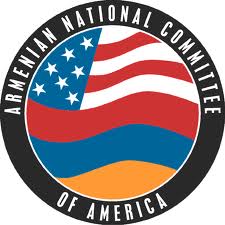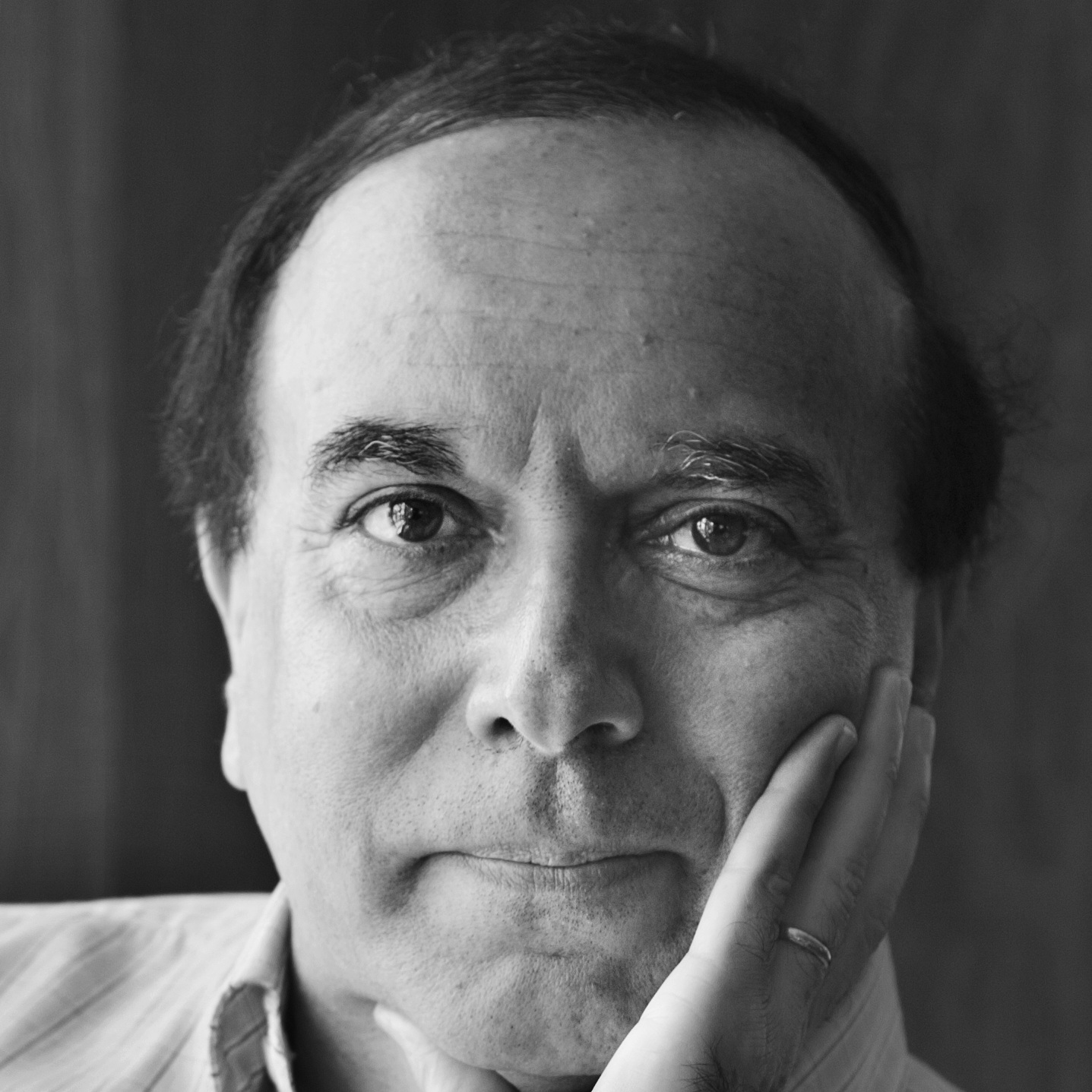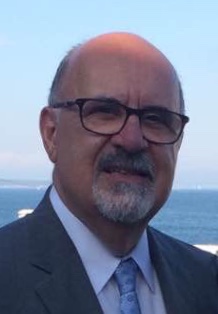 PROVIDENCE, RI—On October 26, 2019 under the auspices of His Eminence Archbishop Anoushavan Tanielian, the Providence community celebrated the 85th anniversary of Mourad Armenian School. The Mourad Armenian School has served as a cornerstone to preserve the Armenian language and culture in the community and for future generations.
PROVIDENCE, RI—On October 26, 2019 under the auspices of His Eminence Archbishop Anoushavan Tanielian, the Providence community celebrated the 85th anniversary of Mourad Armenian School. The Mourad Armenian School has served as a cornerstone to preserve the Armenian language and culture in the community and for future generations.
Rev. Fr. Kapriel Nazarian of Sts. Vartanantz Church offered the opening prayer followed by the singing of the national anthems by graduate Alysha Phillips. Garo Tashian, master of ceremonies and chairman of the 85th anniversary committee, welcomed close to 250 guests at the Providence Marriott Hotel, including past and present Armenian school students, teachers and school committee members. Tashian, a graduate of the school, spoke about his experience and how proud he was to be able to emcee the ceremony in Armenian. He asked the community to prioritize educating their children in an Armenian environment that nurtures their sense of belonging and strengthens their Armenian identity.
Hagop Donoyan, vice-chairman of the Sts. Vartanantz Church Board of Trustees, congratulated the Mourad Armenian School for its diligent service to the community and wished the school continued success in educating future generations.
During his welcoming remarks, school committee chairman Hagop Khatchadourian stressed the importance of not only sending children to school, but also communicating with them in the Armenian language at home. “Every single Armenian is a flame, and if we don’t hold on to our story, language, beliefs and fatherland, that flame will go out,” he said.
The musical program began with the school anthem and Ov Em Yes, a song with delightful choreography; music teacher Raffi Rachdouni accompanied on piano. Graduates Taleen Donoyan and Shant Eghian sang Doon Im Hayreni with the accompaniment of Rosdom Mkrstchjan on guitar and Rachdouni on piano. The musical program concluded with a stunning dance performance by the students and led by Maral Kachadourian, the school’s long-time dance instructor.

During her congratulatory message, Armenian Relief Society (ARS) Eastern Region Board member Johanna Chilingirian expressed her personal feelings as the daughter of Anahid Hajian-Kibarian, who attended Armenian school, then served as a substitute teacher, and now principal. Chilingirian described the great joy she hears in her mother’s voice when she talks about the school and all the students she has enjoyed serving in her role as principal.
Tashian also announced that the Kibarian family will donate students’ tuition payments during the next academic year (2020-21), provided there is 85 percent attendance during the current academic year (2019-20). The Providence community and parents of the Mourad Armenian School enthusiastically thanked the Kibarian family for their generosity and expressed their unending gratitude to Hajian-Kibarian for her countless years of service and dedication to the school.

Tashian then reminded the community to come together and better the future of the community. “This means going back to the time where being Armenian and speaking the language was a priority for families, a time when parents would ensure their kids were involved in the Armenian community and especially in the Armenian school,” he added.
Der Kapriel then offered his pastoral message, remembering the late Roxanne Arzoomanian, co-principal, who dedicated all her retirement years to the church, and especially to Mourad Armenian School. He spoke of the love he sees emanating from the teachers every Saturday morning during opening prayers and his weekly Bible lessons before the students begin their classroom studies. He said he could see how “the teachers love every single one of the students.” The students are not just greeted with a “hello,” but with a hug and kiss from their teachers.
Teacher and school committee secretary Maggie Nalbandian noted the colorful Armenian alphabet wooden bookmarks at each place setting. They were handmade and painted individually by Nanar Hakobyan from the Republic of Artsakh. On behalf of every member of the Mourad Armenian School family, Nalbandian presented Hrair Hawk Khatcherian’s photography book “100” to Khatchadourian in appreciation for his decades-long efforts and tireless dedication.

During his formal remarks, His Eminence announced that the Prelacy was honoring those who have served the Mourad Armenian School for decades as teachers with special certificates of merit. The honorees were Zepur Donoyan, Maral Kachadourian, Angel Kozinian, Tigranoui Minassian, Maggie Nalbandian, Zvart Tahmassian and Menar Tarpinian. Carol Mesrobian was honored as the school committee treasurer for more than 40 years. Then His Eminence announced that His Holiness Aram I, Catholicos of the Holy See of Cilicia, sent a special pontifical blessing and message in appreciation of Hajian’s dedication to the Mourad Armenian School. The Prelate spoke about how unique the Providence community is in every way and referred with admiration to the students’ writings in the ad book commemorating the event. Several had thanked their parents and teachers and said they cannot wait to return to school as aides after graduation. The Archbishop encouraged the community to be rightful followers of the name bearer of the school, Sebastatsi Mourad, and become a healthy entity that preserves faith, culture and language for future generations.
The program concluded with the singing of Giligia. Live music was provided by the talented Kevork Artinian and his band.
Author information
The post Mourad Armenian School Celebrates 85th Anniversary appeared first on The Armenian Weekly.



























 Home Again: Armenian Recipes from the Ottoman Empire
Home Again: Armenian Recipes from the Ottoman Empire























